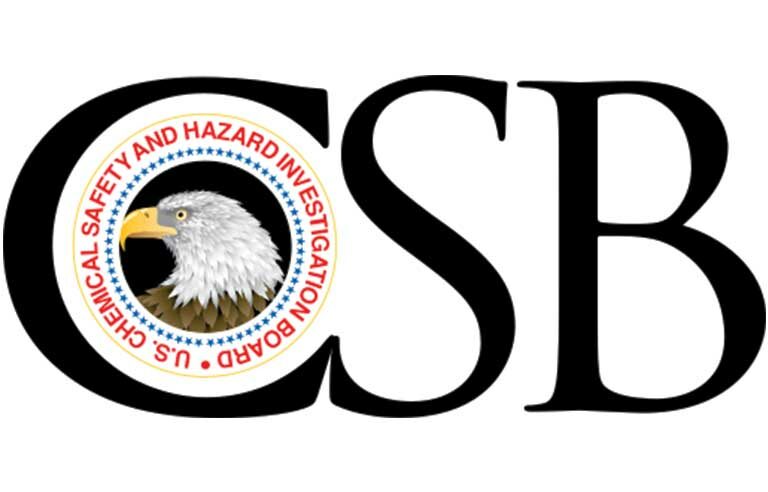Chemical Safety Board moving forward with ‘quorum of one,’ adds staff

Washington — Katherine Lemos remains the chair, CEO and lone member of the Chemical Safety Board – a reality she said is “not ideal” but allows the agency to maintain its function while working to address boardroom staffing gaps.
Speaking during a Sept. 2 CSB business meeting, Lemos asserted that “there’s no question about the legality of the board acting as a quorum of one” under current regulatory language. “So, until more board members are appointed, we are pressing forward with our investigations and safety products.”
Lemos discussed other critical agency needs as well as various management challenges identified in a July 6 report from the Environmental Protection Agency Office of Inspector General.
Filling the board’s four vacant seats is at the top of both lists, even as the agency continues to be a frequent target for elimination under the Trump administration.
CSB has operated with only one board seat filled since Kristen Kulinowski stepped down May 1, three months before her five-year term was set to expire. She served as interim executive authority until the Senate confirmed Lemos as CSB chair and CEO on March 23.
Under 40 CFR 1600.5(a), three members constitute a CSB quorum. However, provisions also state “that if the number of board members in office is fewer than three, a quorum shall consist of the number of members in office.”
In its report, however, EPA OIG claims “the regulatory language lacks clarity,” and “having a quorum of one, even if permissible, impairs the CSB mission for reasons of both workload management and separation of duties.”
During the meeting, Lemos reiterated that “we have full support from our legal team” on the validity of a quorum of one in the interim. CSB General Counsel Tom Goonan was among the agency leaders on the call.
Also identified by EPA OIG as a management challenge is a lack of guidance on board member responsibilities, which Lemos addressed in her remarks.
“It’s interesting that our current policies run counter to our statute, which clearly defines board members as technical experts,” she said. “So, in response to this, our leadership team, in consultation with other federal safety agencies, we’re working to align our internal policy with the CSB’s enabling statute and the government structure that provides clarity and will enhance efficiency, productivity, and engagement.
“The end result is that staff will be empowered to execute on business decisions and board members will more vigorously be able to pursue the agency’s mission through technical reviews, stakeholder collaboration and community outreach.”
The OIG report further points to CSB’s investigative staffing shortage. The agency has hired seven new chemical incident investigators in the past year, Lemos said, and is evaluating 350 candidates for two recent investigator job openings.
| Sign up for Safety+Health's free monthly email newsletters and get the news that's important to you. |
Lemos said CSB has 14 open investigations and 141 open safety recommendations. She reiterated that a board vote is required to approve investigative reports, new safety recommendations and status changes to existing safety recommendations.
In July, the House Appropriations Committee approved a budget bill that would allocate $12 million to CSB for fiscal year 2021, the same allotment the agency received in FY 2020.
“We still have a ways to go in the budget process,” Lemos said, “but I’d like to express our gratitude toward Congress for continuously funding the agency so that we may continue to keep our nation safe from chemical disasters.”
Post a comment to this article
Safety+Health welcomes comments that promote respectful dialogue. Please stay on topic. Comments that contain personal attacks, profanity or abusive language – or those aggressively promoting products or services – will be removed. We reserve the right to determine which comments violate our comment policy. (Anonymous comments are welcome; merely skip the “name” field in the comment box. An email address is required but will not be included with your comment.)

